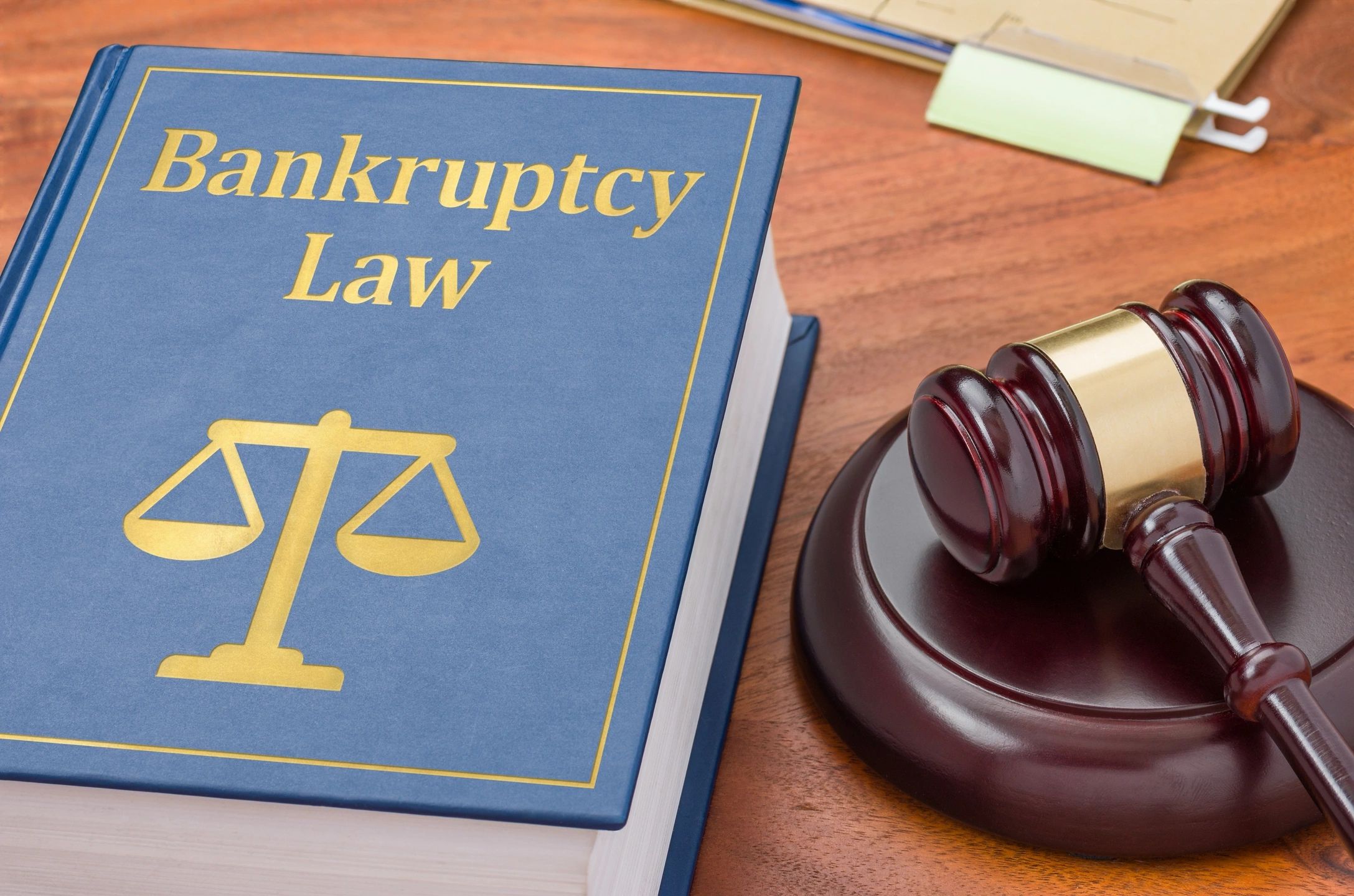The COVID-19 pandemic will go down in history not only for the devastating loss of life but also for the destruction it invoked on businesses and families.
Many businesses are struggling to stay afloat as consumers and business customers cut back on their spending. Others have even had to declare bankruptcy for court protection, or even entered liquidation proceedings. And the customers and creditors of those affected businesses now have to deal with the aftermath of these financial challenges and business bankruptcies.

How can a business protect itself from a customer that may soon enter or even has gone into bankruptcy?
-
Be mindful to whom you are giving credit
Establish a group or, at least, set a regular task that periodically checks the credit quality of both new/prospective and existing customers. Credit reporting and evaluation bureaus (think, Dun & Bradstreet, LexisNexis, Experian, Equifax, FICO, etc.) track the news and events of individual organizations and check the credit and payments experience of entities with their existing suppliers. Their reports (which do cost a fee or require a subscription) deliver their analysis of each entity’s risk of declaring bankruptcy over the short-term.
-
Watch your outstanding accounts receivable for changes in a customer’s payments behavior
Identify when an entity may be entering financial distress. Watch to see how a client pays. Does it pay on time, or is it now paying 90 to 120 days past due. Be proactive and keep in touch by email and phone with your client. All clients can have problems from time to time, so knowing your client will help you to evaluate the risk you want to take. Even before a problem shows up, hold regular checkups with your customers to discuss their business conditions, and create options early on with ways you can work together to overcome any short-term challenges.
-
If your troubled customer has not yet filed for bankruptcy protection, consider reducing your exposure
Ask yourself whether cutting back on new activity with that organization makes sense. Although you may forego revenue upfront, you may also be reducing your potential losses if those activities are not ultimately paid for by the troubled customer.
-
Change your rules of engagement once an entity declares bankruptcy
The bankruptcy code includes an ability to go backwards in time to reclaim payments made by companies that the court determines were preferential treatment afforded to certain creditors. This does not always occur, but to be safe, creditors should stop all pressure for payment from customers who have declared bankruptcy. Instead, contact an attorney to help work out an arrangement on how your debt and claims at the entity will be handled in the bankruptcy.
-
Evaluate whether it is worth your time to pursue your claim
It sometimes makes little economic sense to spend significant time on bankruptcy proceedings when you can otherwise simply take a loss. In other words, if a business grosses over $500,000 in revenues but has over $1 million in debt, you could be at the back of the line if there is a long list of creditors. In this case there is little hope of receiving any money back. Now might be the time to cut your losses quickly, and instead focus your time and attention on other profitable opportunities elsewhere.
-
Pay attention to the court calendar
If you do decide to pursue your claims, file your claim within the deadline determined by the bankruptcy court. Failure to file your claims in time eliminates any chance of getting paid on those debts.
-
Follow the court docket and case information
PACER (Public Access Court Electronic Records) allows you to see what is going on with the bankruptcy filing without needing an attorney.
-
Get in line and wait
Secured claims (backed by collateral) such as mortgage holders rank higher than unsecured claims, which includes services rendered and goods sold. There are also fees to be paid to the administrators and the trustee which further eat into the recovered monies. Typically unsecured creditors will receive 10 cents on every dollar owed, if you receive any money back at all.
-
Plan to attend the “341” creditors meeting
The 341 meeting allows the debtor to explain how they got to this point of financial distress, and what’s going to be done about it (called the reorganization plan). Here is where you can ask questions of the debtor. You can object to the reorganization plan and the offered repayment plan.
-
Review the repayment plan
In order for the plan to be approved, it must have the consent from more than 50 percent of the total number of creditors listed and from creditors representing more than two-thirds of the debt owed. Your vote can have an important impact on whether the creditor’s plan is approved, or whether it must offer an improvement in order to gain approvals.

It’s imperative that, in both good times and bad, entities which may be owed money take proactive steps to evaluate and track their clients, offer collaborative solutions before a bankruptcy is declared, and then follow specific rules and actions during bankruptcy proceedings to maximize their recoveries.
(written by: Denise)

